Home>Construction & Tools>Building Materials>How Do Brick Ties Work
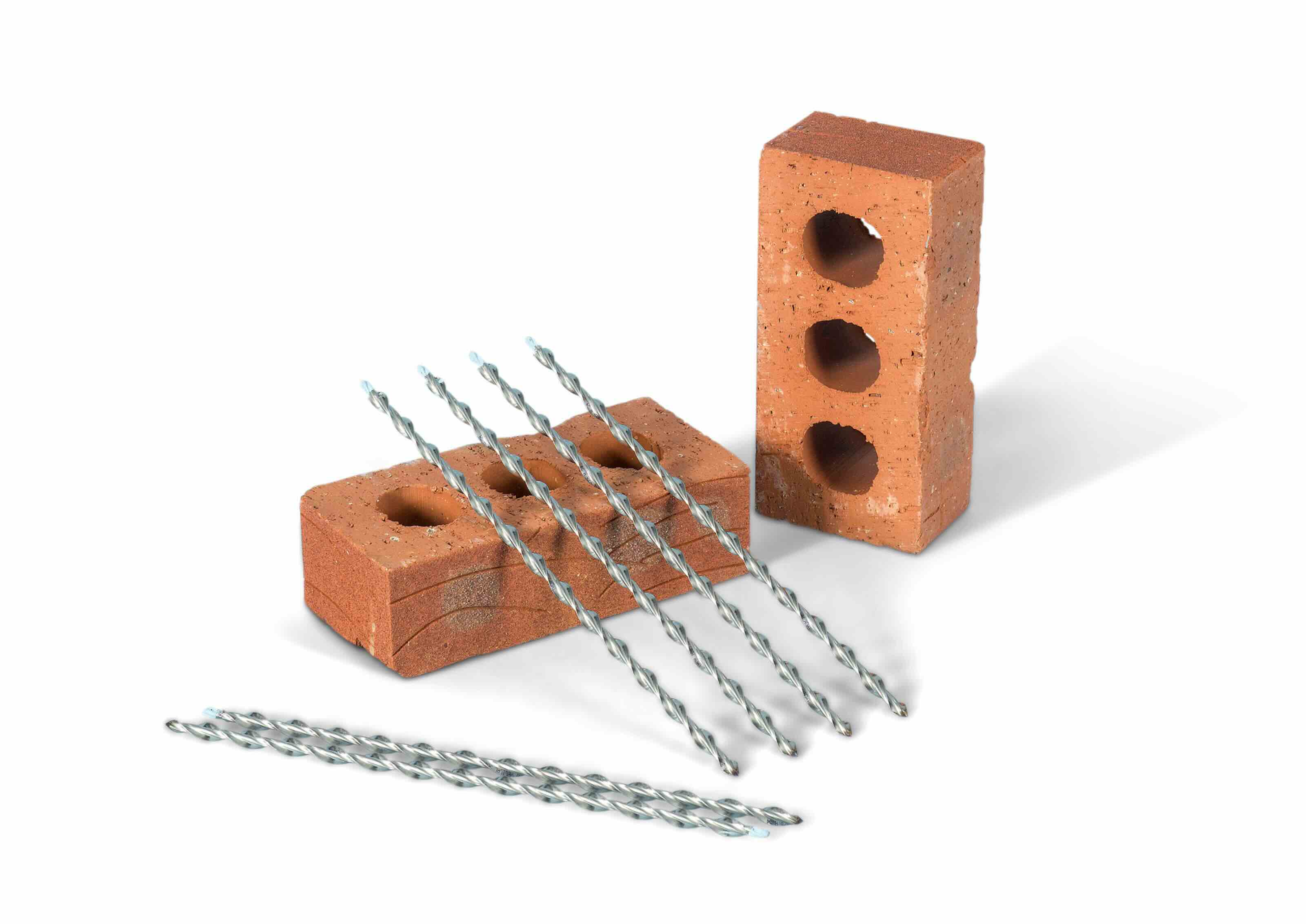

Building Materials
How Do Brick Ties Work
Modified: August 28, 2024
Learn how brick ties work and their importance in securing building materials. Discover the key role they play in ensuring structural stability and safety.
(Many of the links in this article redirect to a specific reviewed product. Your purchase of these products through affiliate links helps to generate commission for Storables.com, at no extra cost. Learn more)
Introduction
When it comes to constructing durable and resilient buildings, the importance of ensuring structural integrity cannot be overstated. This is where brick ties come into play as crucial components in the realm of building materials and construction. Understanding the function and significance of brick ties is essential for architects, builders, and homeowners alike.
Brick ties, also known as wall ties, serve as connectors between the inner and outer wythes of a masonry wall. These small yet mighty components play a pivotal role in maintaining the stability and strength of brick or masonry structures. By securely fastening the brick veneer to the structural frame of a building, brick ties effectively distribute loads and resist various forces, including wind, seismic activity, and other environmental factors.
In this comprehensive guide, we will delve into the intricacies of brick ties, exploring their types, functionality, installation, and maintenance. By shedding light on these aspects, we aim to provide valuable insights into the world of building materials and construction, empowering readers to make informed decisions and take proactive measures to safeguard their structures.
Join us on this enlightening journey as we unravel the mysteries of brick ties, uncovering the secrets behind their efficacy and indispensability in the realm of construction. Let's embark on this exploration to gain a deeper understanding of how brick ties work and why they are integral to the structural integrity of masonry walls.
Key Takeaways:
- Brick ties are essential connectors that secure brick veneer to a building’s frame, providing stability and resilience against forces like wind and seismic activity.
- Proper installation and maintenance of brick ties are crucial for preserving the structural integrity and longevity of masonry walls, ensuring their resilience over time.
Read more: What Is A Brick Tie
What are Brick Ties?
Brick ties, also referred to as wall ties, are essential components in the construction of brick or masonry walls. These small yet crucial elements serve as connectors between the inner and outer wythes of a masonry wall, effectively securing the brick veneer to the structural frame of a building. By bridging the cavity between the brick veneer and the inner structural wall, brick ties play a pivotal role in providing stability and structural integrity to the entire assembly.
Typically made of durable materials such as galvanized steel or stainless steel, brick ties are designed to withstand the rigors of environmental exposure and the demands of supporting masonry walls. They are available in various configurations and designs, each tailored to specific applications and structural requirements.
These versatile connectors come in different shapes and sizes, including joint reinforcement, corrugated ties, adjustable ties, and wire ties, among others. The selection of a particular type of brick tie depends on factors such as the type of masonry wall, the anticipated loads, and the environmental conditions the structure will face. Additionally, the design and spacing of brick ties are critical considerations, as they directly impact the overall strength and stability of the masonry wall.
Brick ties are indispensable in ensuring the structural soundness of brick or masonry walls, guarding against potential issues such as wall displacement, cracking, and failure. Their ability to secure the brick veneer to the building’s frame not only enhances the structural integrity of the entire assembly but also contributes to the overall longevity and resilience of the structure.
As we continue our exploration of brick ties, we will delve deeper into the various types of brick ties and their specific functions, shedding light on the diverse roles these components play in the construction and maintenance of masonry walls. Join us as we unravel the intricacies of brick ties, gaining a comprehensive understanding of their significance in the realm of building materials and construction.
Types of Brick Ties
Brick ties come in a variety of types, each tailored to specific applications and structural requirements. The diverse range of brick ties available in the market allows builders and architects to select the most suitable connectors for different masonry wall systems, taking into account factors such as the type of construction, anticipated loads, and environmental conditions. Let’s explore some common types of brick ties:
- Corrugated Ties: These are among the most widely used brick ties, featuring a corrugated design that provides enhanced strength and rigidity. Corrugated ties are adept at securing the brick veneer to the structural frame, offering reliable support and stability.
- Joint Reinforcement: This type of brick tie serves a dual purpose, providing both lateral support and mortar keying within the masonry wall. Joint reinforcement ties are embedded in the mortar joints, effectively distributing loads and enhancing the overall integrity of the wall assembly.
- Adjustable Ties: Offering flexibility in installation, adjustable ties are designed to accommodate variations in cavity width, making them suitable for diverse construction scenarios. Their adjustable nature allows for precise alignment and secure fastening of the brick veneer.
- Twist Ties: These ties feature a twisted design, providing a secure connection between the brick veneer and the structural backing. Twist ties are known for their ease of installation and reliable performance in stabilizing masonry walls.
- Wire Ties: Utilizing durable wire material, wire ties are adept at securing brick veneer to the structural wall, offering robust support and resistance to external forces. Their straightforward installation and dependable performance make them a popular choice in masonry construction.
These are just a few examples of the diverse array of brick ties available, each serving specific functions and contributing to the stability and resilience of masonry walls. The selection of a particular type of brick tie is influenced by factors such as the structural design, building codes, and environmental considerations, ensuring that the chosen ties effectively reinforce the masonry wall and withstand various stresses.
As we delve deeper into the world of brick ties, we will uncover the intricacies of how these connectors work and their crucial role in maintaining the structural integrity of brick or masonry walls. Join us as we unravel the secrets behind the functionality and significance of brick ties in the realm of construction and building materials.
How Brick Ties Work
Brick ties play a fundamental role in stabilizing and reinforcing masonry walls, ensuring their structural integrity and resilience. These essential connectors work by securely fastening the brick veneer to the structural frame of a building, effectively bridging the cavity between the inner and outer wythes of the masonry wall. By doing so, brick ties provide crucial support and resistance to various forces and loads that act upon the structure.
One of the primary functions of brick ties is to distribute loads evenly across the masonry wall, preventing disproportionate stress that could lead to instability or failure. By anchoring the brick veneer to the structural backing, brick ties help mitigate the effects of wind, seismic activity, and other environmental factors, thereby bolstering the overall stability of the structure.
Additionally, brick ties contribute to the structural continuity of the masonry wall, effectively binding the brick veneer to the building’s framework. This not only enhances the wall’s resistance to lateral movement but also minimizes the risk of displacement or detachment of the brick veneer, safeguarding the structural integrity of the entire assembly.
Furthermore, brick ties facilitate the transfer of forces between the brick veneer and the structural wall, ensuring that the two components act cohesively as a unified system. This seamless integration of the brick veneer with the structural backing is essential for withstanding the rigors of external loads and environmental pressures, thereby fortifying the masonry wall against potential vulnerabilities.
It is important to note that the effectiveness of brick ties is contingent upon proper installation and adherence to industry standards and best practices. The correct placement, spacing, and type of brick ties are critical factors that directly impact their ability to fortify the masonry wall and withstand the demands placed upon it.
As we continue our exploration of brick ties, we will delve deeper into the significance of these connectors and their pivotal role in maintaining the stability and strength of masonry walls. Join us as we unravel the intricacies of how brick ties work, gaining a comprehensive understanding of their function and importance in the realm of building materials and construction.
When installing brick ties, make sure they are properly spaced and secured to both the brick and the structural frame to provide strong support and prevent the bricks from pulling away from the building.
Importance of Brick Ties
The significance of brick ties in the realm of construction and building materials cannot be overstated. These unassuming yet indispensable connectors play a pivotal role in ensuring the stability, resilience, and longevity of masonry walls, contributing to the overall structural integrity of buildings. Let’s delve into the importance of brick ties and their multifaceted impact on the performance and durability of masonry structures.
Structural Stability: Brick ties are instrumental in providing structural stability to masonry walls by securely fastening the brick veneer to the building’s framework. This crucial connection helps distribute loads evenly across the wall, mitigating the effects of external forces such as wind, seismic activity, and thermal expansion, thereby bolstering the overall stability of the structure.
Prevention of Displacement: By anchoring the brick veneer to the structural backing, brick ties help prevent displacement or detachment of the brick veneer, safeguarding the integrity of the entire assembly. This is particularly important in regions prone to high winds or seismic events, where the risk of masonry wall failure due to lateral movement is a significant concern.
Enhanced Resilience: The presence of brick ties enhances the resilience of masonry walls, allowing them to withstand various environmental pressures and loads. This contributes to the overall durability of the structure, reducing the likelihood of damage or failure over time and prolonging the life expectancy of the building.
Code Compliance: Building codes and regulations often mandate the use of brick ties in masonry construction to ensure structural safety and integrity. Compliance with these standards not only enhances the structural soundness of the building but also provides assurance of meeting industry requirements and best practices.
Long-Term Performance: The installation of brick ties is an investment in the long-term performance of masonry walls, as they help maintain the structural continuity and stability of the assembly. This contributes to the overall quality and reliability of the building, providing peace of mind to architects, builders, and homeowners alike.
Ultimately, the importance of brick ties lies in their ability to fortify masonry walls, safeguarding them against potential vulnerabilities and ensuring their resilience in the face of diverse environmental and structural challenges. As we continue our exploration of brick ties, we will delve deeper into their installation and maintenance, shedding light on the best practices for optimizing their effectiveness and longevity. Join us as we uncover the intricacies of brick ties and their crucial role in the realm of construction and building materials.
Read more: What Tape Works On Brick
Installation of Brick Ties
The proper installation of brick ties is integral to the structural integrity and performance of masonry walls. When incorporating brick ties into a construction project, it is essential to adhere to industry standards and best practices to ensure their effectiveness in fortifying the brick veneer and supporting the overall stability of the structure. Let’s explore the key considerations and steps involved in the installation of brick ties.
Selection of Appropriate Ties: The first step in the installation process is the selection of the most suitable brick ties based on the type of masonry wall, anticipated loads, and environmental conditions. Factors such as the material, design, and spacing of the ties should align with the specific requirements of the construction project to ensure optimal performance.
Placement and Spacing: Proper placement and spacing of brick ties are critical to their effectiveness. Ties should be installed at regular intervals, typically ranging from 16 inches to 24 inches horizontally and 24 inches to 36 inches vertically, depending on the wall’s design and structural demands. Ensuring consistent and appropriate spacing helps distribute loads evenly and reinforces the entire masonry wall.
Secure Attachment: Brick ties should be securely attached to both the brick veneer and the structural backing, providing a robust connection that withstands external forces and environmental pressures. The use of fasteners and anchors compatible with the construction materials is essential to ensure the reliable performance of the ties over time.
Integration with Flashing and Weep Holes: Proper integration of brick ties with flashing and weep holes is crucial to prevent moisture infiltration and promote drainage within the masonry wall. Coordination between the installation of ties, flashing, and weep holes helps maintain the wall’s moisture management system, reducing the risk of water-related damage and deterioration.
Adherence to Building Codes: Compliance with building codes and regulations governing the installation of brick ties is imperative to ensure structural safety and integrity. Adhering to industry standards and local building requirements not only enhances the performance of the masonry wall but also provides assurance of meeting established construction guidelines.
By meticulously following these guidelines and best practices, builders and contractors can ensure the proper installation of brick ties, optimizing their effectiveness in fortifying masonry walls and contributing to the overall stability and resilience of the structure. As we continue our exploration of brick ties, we will delve deeper into the maintenance of these crucial connectors, shedding light on the measures to preserve their functionality and longevity. Join us as we uncover the intricacies of brick ties and their pivotal role in the realm of construction and building materials.
Maintenance of Brick Ties
Ensuring the ongoing functionality and effectiveness of brick ties is essential for preserving the structural integrity and stability of masonry walls. Routine maintenance measures are imperative to safeguard these crucial connectors against deterioration, corrosion, and other potential issues that could compromise their performance. Let’s explore the key aspects of maintaining brick ties and preserving their longevity in masonry construction.
Inspection and Assessment: Regular inspections of brick ties are essential to identify any signs of damage, corrosion, or loosening. Visual assessments and, if necessary, professional evaluations can help detect early indicators of wear and tear, enabling proactive measures to be taken to address potential issues.
Corrosion Prevention: Brick ties, often made of materials such as galvanized steel or stainless steel, are susceptible to corrosion over time, particularly in environments with high moisture or chemical exposure. Applying corrosion-resistant coatings or using compatible materials for fasteners and anchors can help mitigate the risk of corrosion, prolonging the lifespan of the ties.
Repair and Replacement: In cases where brick ties show signs of deterioration or damage, prompt repair or replacement is crucial to maintain the structural integrity of the masonry wall. Addressing issues such as loose ties, rusted components, or compromised fastenings is essential to prevent further degradation and ensure the continued stability of the brick veneer.
Moisture Management: Proper moisture management within the masonry wall, including the integration of flashing and weep holes, is vital for preserving the functionality of brick ties. Maintaining the wall’s drainage system and addressing any water infiltration issues helps protect the ties from potential moisture-related damage and deterioration.
Adherence to Maintenance Schedules: Establishing regular maintenance schedules and incorporating brick tie inspections into overall building maintenance protocols is essential for proactive upkeep. By integrating brick tie maintenance into broader maintenance routines, building owners can ensure the sustained performance and reliability of masonry walls over time.
By prioritizing the maintenance of brick ties, architects, builders, and homeowners can uphold the structural soundness and resilience of masonry walls, prolonging the life expectancy of the entire structure. As we conclude our exploration of brick ties, we have gained a comprehensive understanding of their significance, installation, and maintenance, shedding light on their pivotal role in the realm of construction and building materials. Join us as we reflect on the insights uncovered and the enduring impact of brick ties on the stability and longevity of masonry structures.
Conclusion
Our journey through the realm of brick ties has unveiled the vital role these unassuming connectors play in the construction and maintenance of masonry walls. From their fundamental function of securing the brick veneer to the structural frame to their resilience in withstanding diverse environmental pressures, brick ties stand as guardians of structural integrity and stability.
Understanding the importance of proper installation and maintenance of brick ties is paramount to ensuring the longevity and performance of masonry walls. By adhering to industry standards, selecting appropriate ties, and integrating them seamlessly within the construction framework, builders and architects can fortify structures against potential vulnerabilities and enhance their resilience in the face of external forces.
As we reflect on the multifaceted impact of brick ties, it becomes evident that their significance extends beyond mere connectors; they are the silent sentinels that uphold the strength and durability of masonry structures. Their presence not only complies with building codes but also provides assurance of structural stability and longevity, offering peace of mind to those involved in the construction and maintenance of buildings.
By embracing the insights gleaned from our exploration of brick ties, we equip ourselves with the knowledge and understanding to fortify masonry walls, safeguarding them against potential challenges and preserving their structural soundness. As we conclude this journey, let us carry forward the appreciation for the indispensable role of brick ties in the world of construction and building materials, recognizing them as unsung heroes in the realm of structural stability and resilience.
Join us in celebrating the resilience and significance of brick ties, as we continue to unravel the mysteries and marvels of the diverse world of building materials and construction.
Frequently Asked Questions about How Do Brick Ties Work
Was this page helpful?
At Storables.com, we guarantee accurate and reliable information. Our content, validated by Expert Board Contributors, is crafted following stringent Editorial Policies. We're committed to providing you with well-researched, expert-backed insights for all your informational needs.
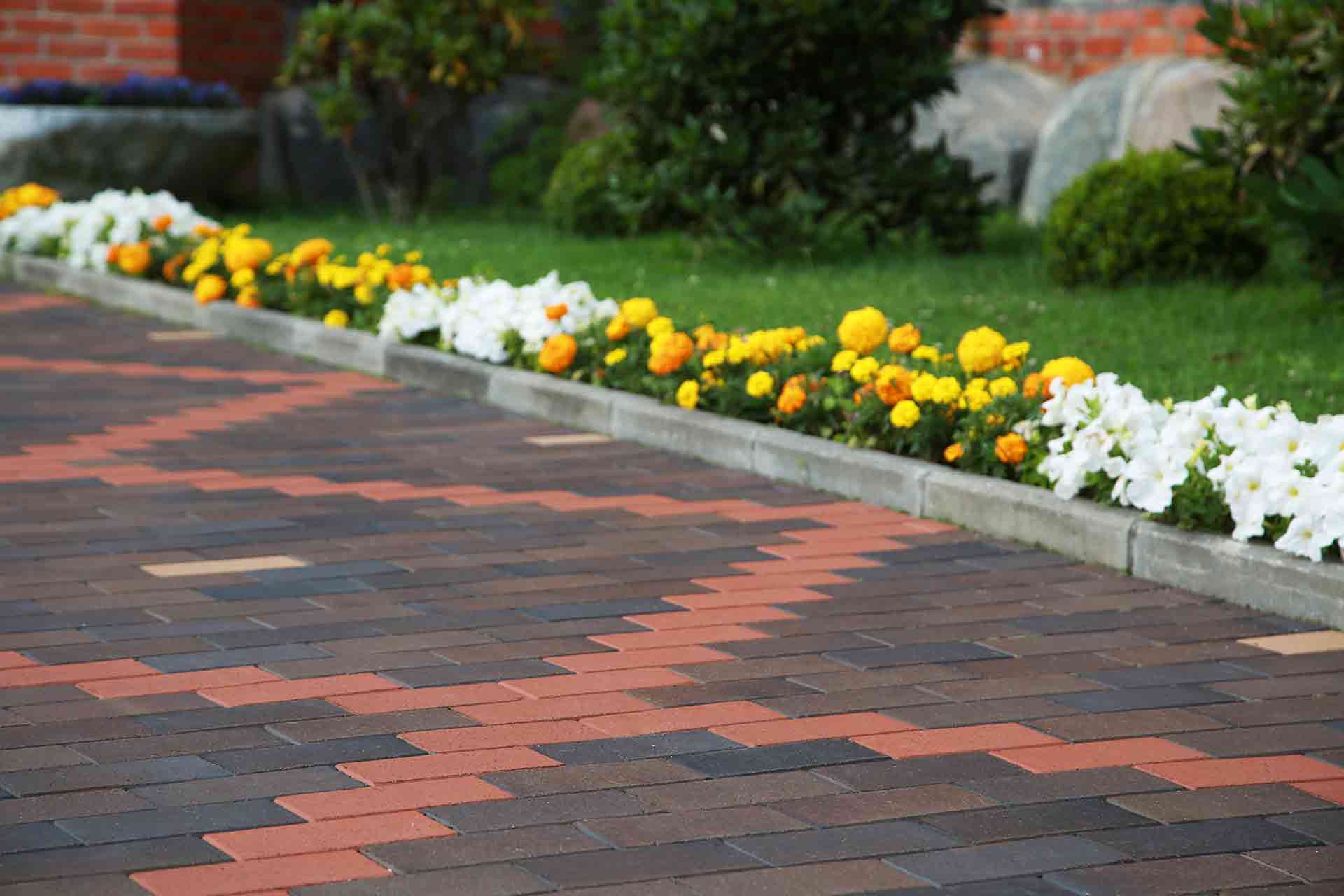
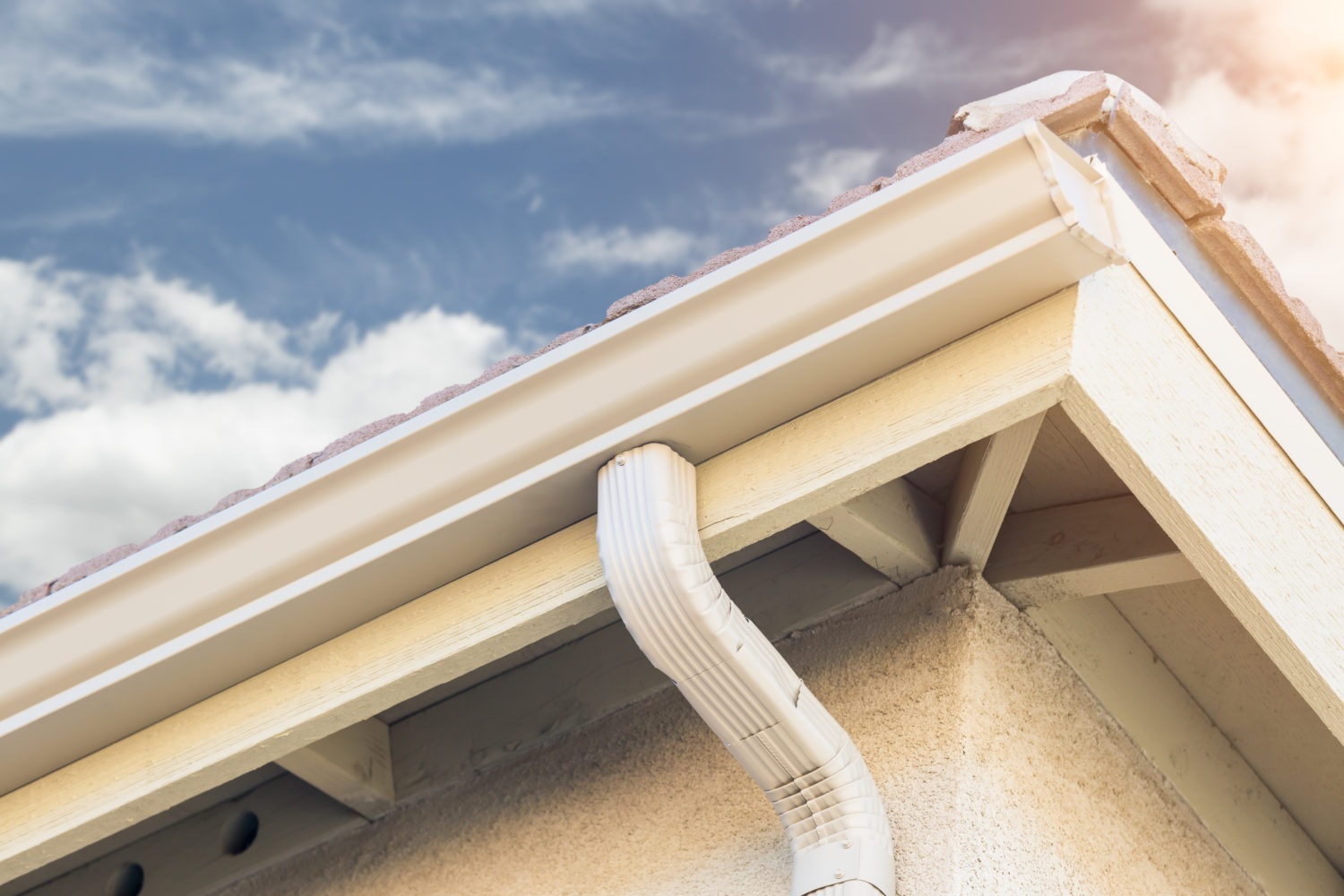


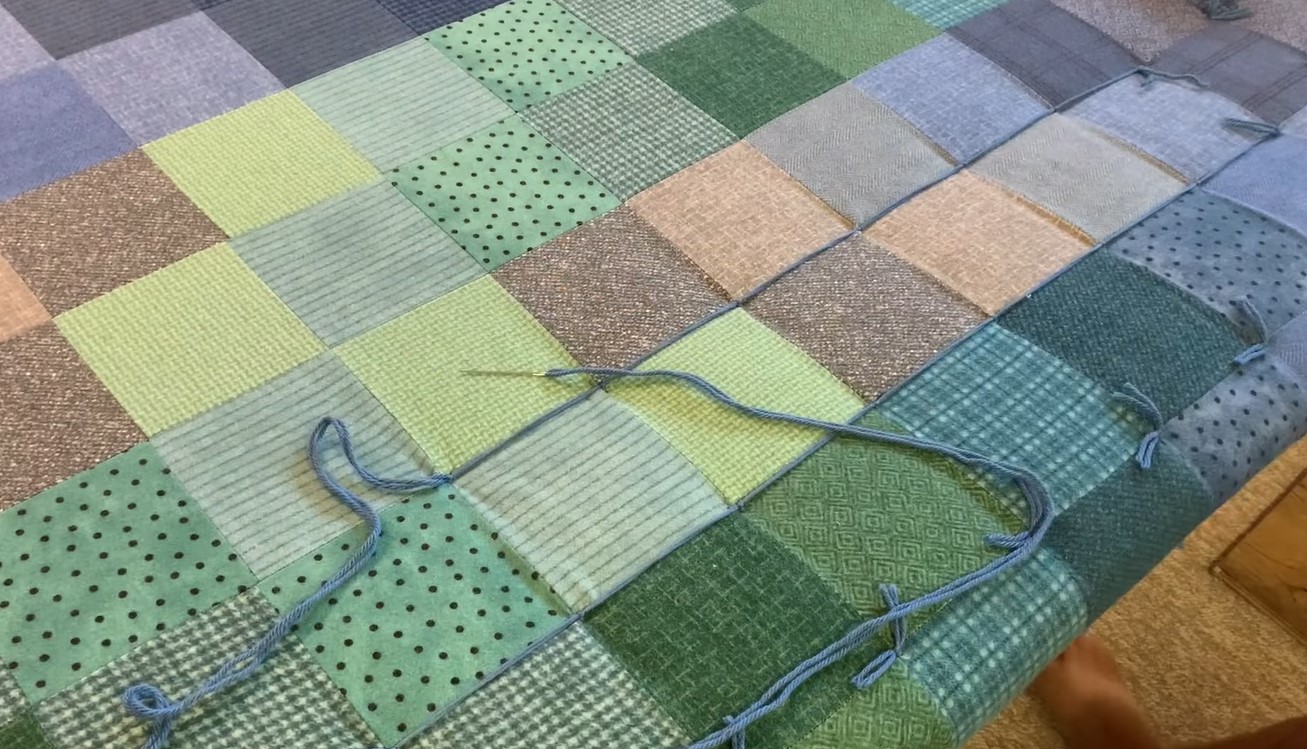
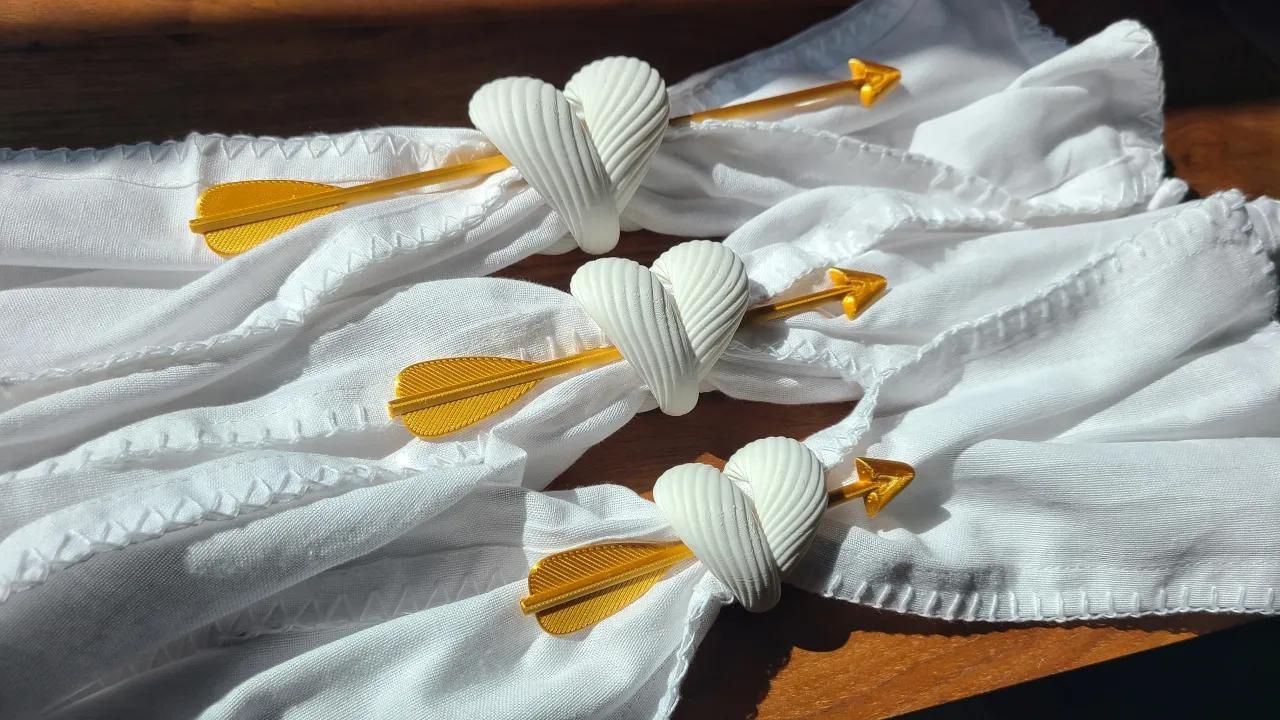

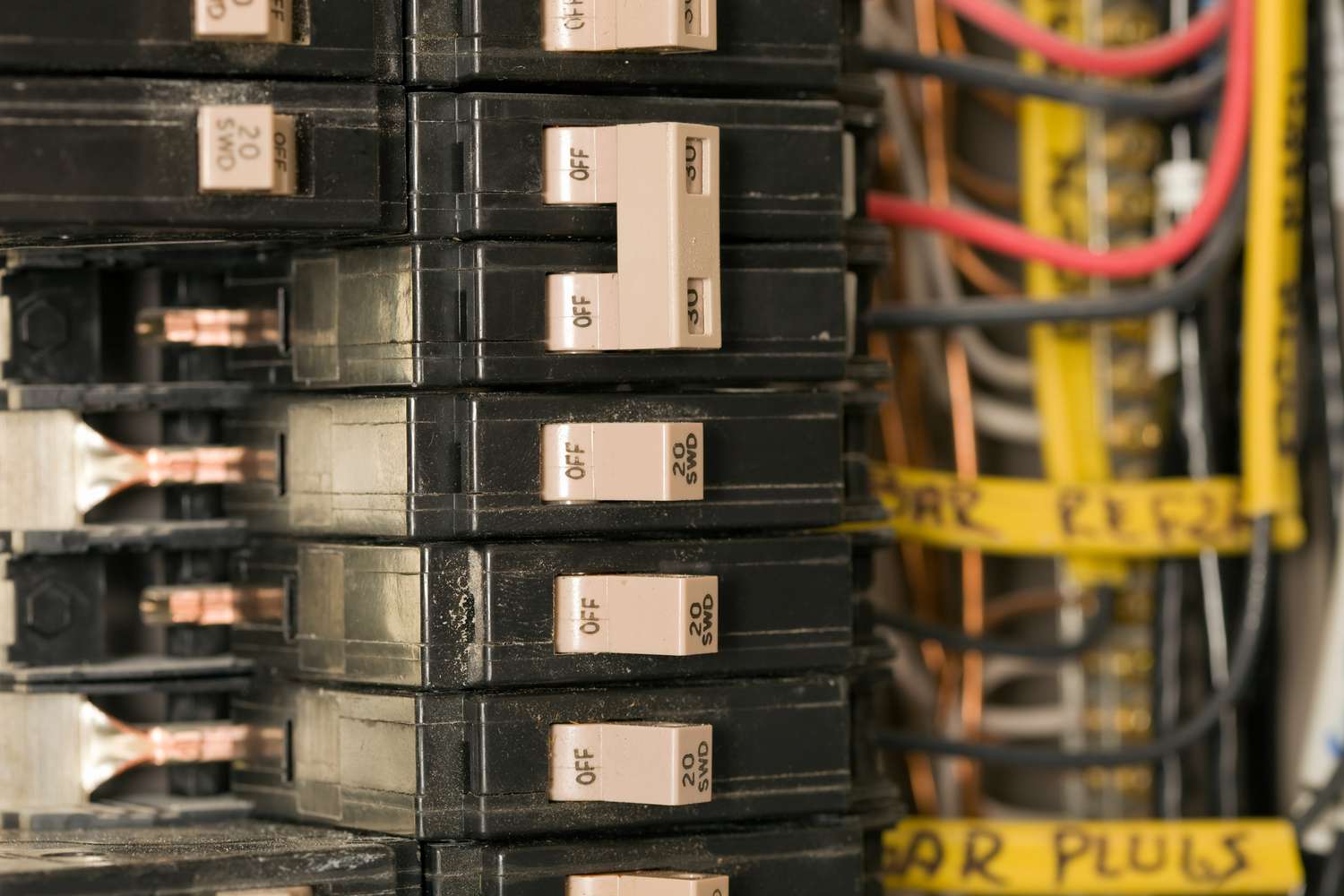
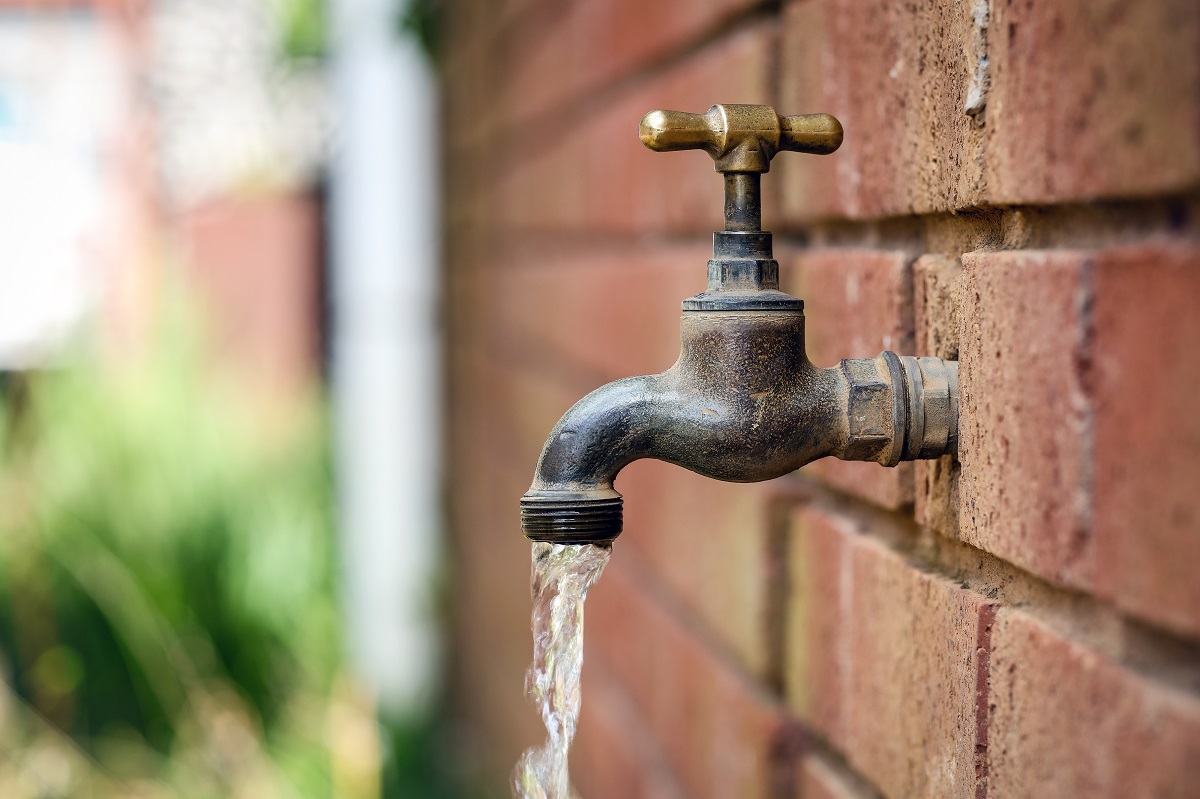



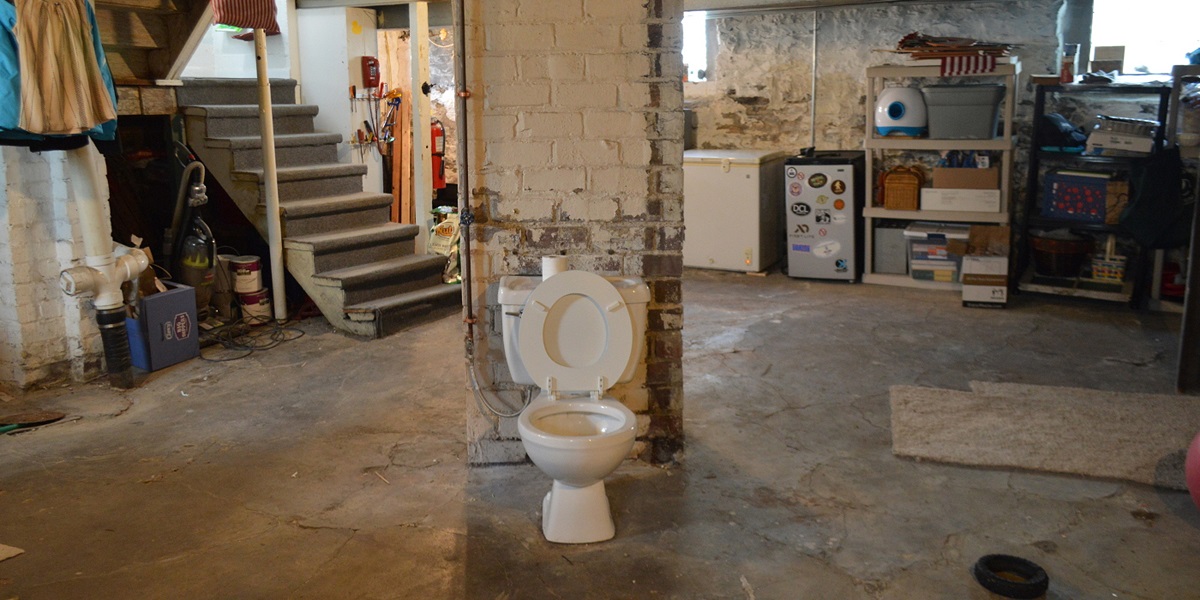


0 thoughts on “How Do Brick Ties Work”